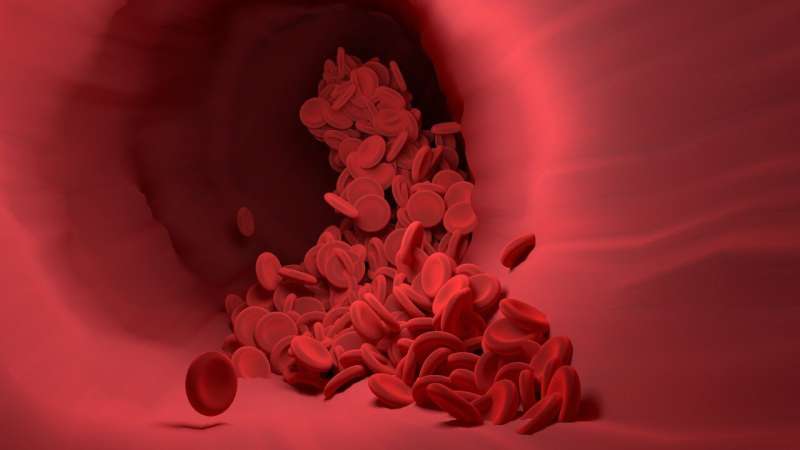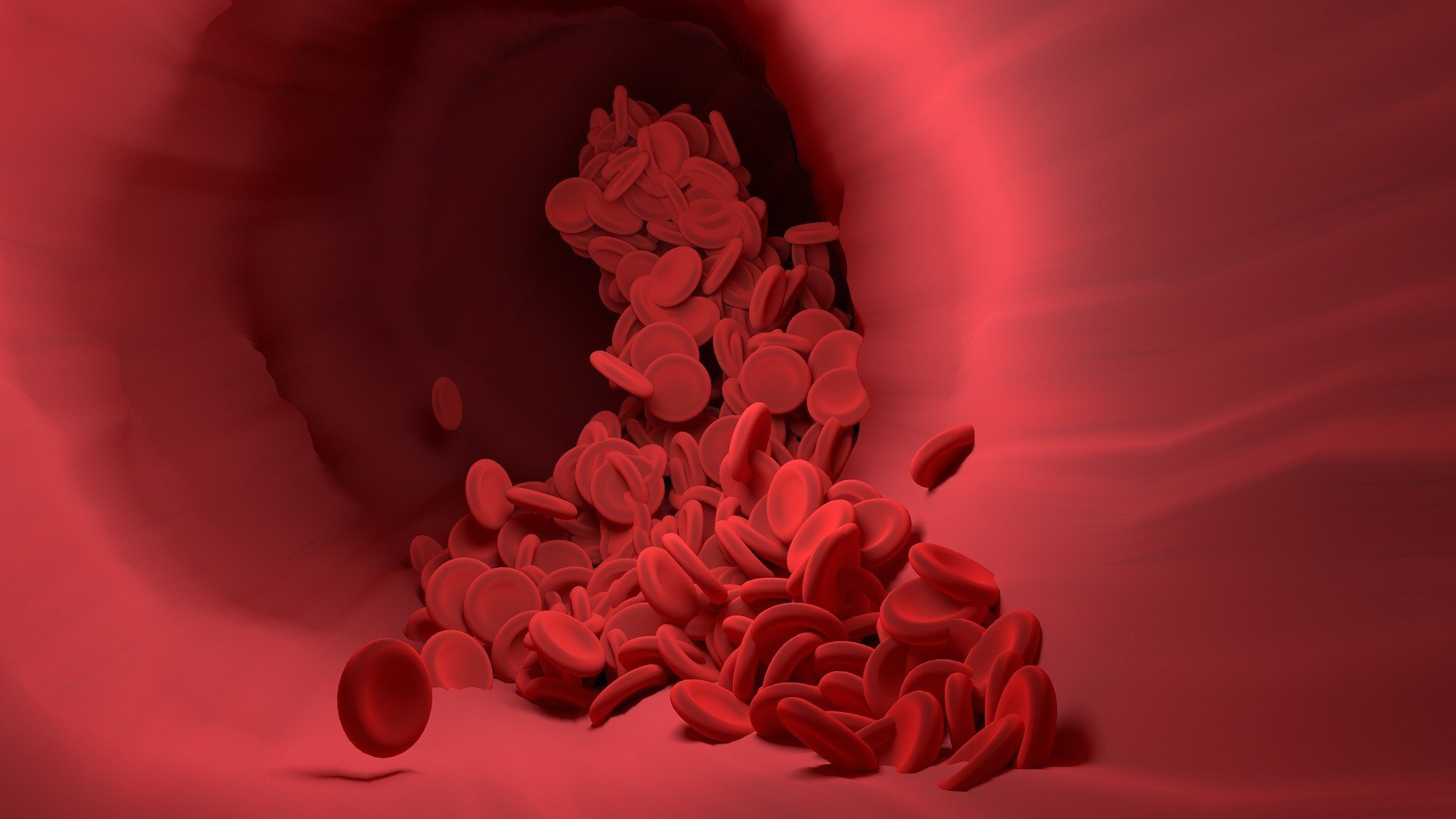
Stiff person syndrome spectrum disorders are rare autoimmune and neurological disorders that most often cause muscle stiffness and spasms in the torso and limbs. According to a small, preliminary study released today, a blood treatment called plasmapheresis, also known as therapeutic plasma exchange, may be a safe way to treat stiff person syndrome spectrum disorders. The research will be presented at the new American Academy of Neurology Summer Conference: Autoimmune Neurology and Neurology Year in Review in San Francisco, July 15 to 16, 2022. Researchers also found that many study participants also experienced an improvement in symptoms or function, or both, while being treated with this therapy.
For people with these disorders, symptoms may come and go early in the disease, but eventually become constant. Stiffness and spasms usually begin in the leg and torso muscles and over time can affect the arms and even the face. Other symptoms such as gait unsteadiness and unexplained falls can occur. Most people with these disorders are women.
“Stiff person syndrome spectrum disorders are rare, and while there are some treatments for varying forms of these disorders, they are not always effective at reducing symptoms or preventing worsening of function,” said study author Scott D. Newsome, DO, of Johns Hopkins University in Baltimore, Maryland, and Fellow of the American Academy of Neurology. “Finding a new way to treat a debilitating and painful disease that has few side effects or risks is a big win. The findings of our research help promote awareness of a treatment that may lead to relief for some people living with stiff person syndrome spectrum disorders.”
For the study, researchers looked at the medical records of 36 people with stiff person syndrome spectrum disorders who underwent plasmapheresis. This process cleans the blood by removing and replacing a person’s blood plasma with albumin, a product manufactured from donated plasma to treat certain diseases. Of the participants, the majority had classic stiff person syndrome.
Researchers found that this therapeutic plasma exchange process was both a safe and tolerable form of treatment for people with stiff person syndrome spectrum disorder. Four of the people studied, or 11%, had complications from the treatment, such as catheter infection or hemorrhage, but no deaths or anaphylaxis were reported.
Additionally, 20 people, or 56%, saw improvement with these treatments. Twelve people needed fewer medications to treat their symptoms three months after the treatment.
Researchers also reviewed other cases and identified an additional 42 people with stiff person syndrome who underwent the same treatment and found 69% reported a temporary improvement in their condition.
“While the main focus of the study was safety, and we showed that complications from this treatment in people with stiff person syndrome are rare and manageable, it’s very important that many people saw improvements or maintained the same level of function,” Newsome said. “Further studies could confirm these results and help inform doctors when to use this treatment for stiff person syndrome spectrum disorders.”
Source: Read Full Article
